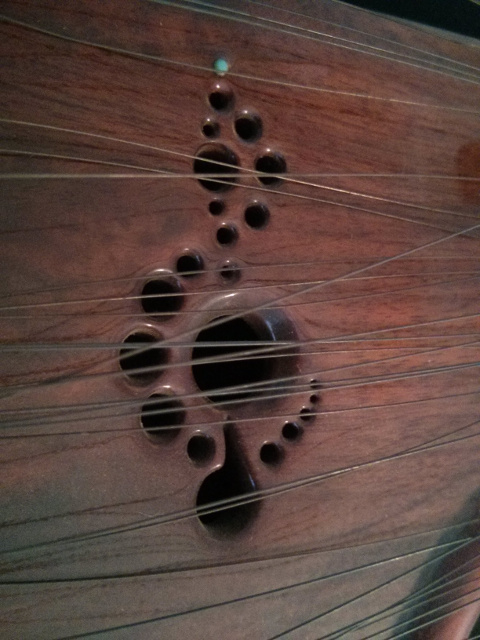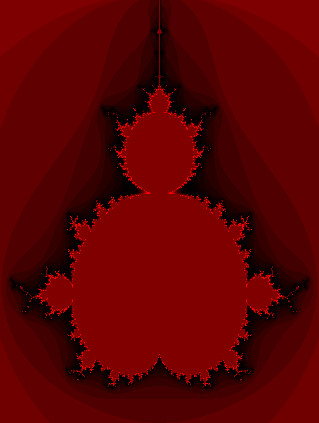↑ TheGreatFractal
Page Created: 7/29/2014 Last Modified: 3/11/2016 Last Generated: 12/12/2025


While working on my LandmarkFilm project since 1998, I began to see patterns that were unexpected, patterns in my connections to things, patterns in mankind's fields of study, patterns in the world, and patterns in human thought and throughout space and time.
The venerable Wikipedia↗ emerged during this time, and, seeing the value of such a system for my film research, I was one of its first adopters. It accelerated the rate at which I could see the connections.
In short, what I call The Great Fractal is a pattern that stretches, without limitation, throughout the known Universe, and it is, as its namesake, a type of fractal.
- OrderVsLevel - Defining the context.
- FieldOfView - How we move through the fractal.
- TheEgregore - The beings that reside within the fractal.
- NestedDoll - How we know we are in the fractal.
- TheCycle - The engine behind the fractal.
- SuspensionOfDisbelief - The relative reality of our position in the fractal.
- TimeCapsule - My best attempt at understanding Time.
- BinaryOpposition - Two poles.
- UnityAndSeparation - One and Two.
In physics, this is a minority view↗, but it has never been refuted. It would be almost impossible to refute such a view, as a fractal, when viewed at different scales, is both similar and different at the same time. It is very difficult to see the full pattern when you are inside the pattern.
This is why fractals were not even known until the mid 1970's, when Benoit Mandelbrot first discovered them. It took high speed computers to create and analyze them. Before that, fractal patterns were just a curious result of the complexity of nature.
A fractal has self-similarity, which means the pattern repeats itself at different scales, but you never know exactly how or where it will repeat. Like a lot of things with mathematical underpinnings (ballistics, cryptography, forensics) they are difficult to analyze in their "expanded" form, but very easy in their collapsed form.
What we do know is that a simple mathematical function can be "iterated", and via slight changes on each repetition, will cause a fractal to emerge or "grow". And the shape these things assume, eerily matches shapes found in nature, shapes of things that we never thought were related to each other.
Modern computers can easily use "recursion" to generate them. This is significant, as recursion may be the very engine that created and continues to alter the universe.
Commonly used examples of fractals in nature are trees, coastlines, coloration of animals, blood vessels, etc. Those are the easiest ones for use to see at scale. But what most people don't see are the patterns in sound, in the human brain and thought, and in time. These are also fractal.
It is my hypothesis that the universe is a static, pre-computed fractal, just like a book or the page you are reading now is static, pre-written text. And that the act of observing it makes it come alive.
Do these words feel static to you?
There are also strange entities that exist within The Great Fractal, some forms of which we have yet to discover, such as TheEgregore.
If you wonder why I incorporate so much of my own experiences and life stories into my philosophies, it is because I believe that I am just one part of this fractal, and in understanding my own patterns and stories, I can understand this higher fractal. They, like all of us, are inseparable from it. I am not just using knowledge as a template, but like my LandmarkFilm, I am using stories as well, stories of great archetypes and of my individuality.
Comments